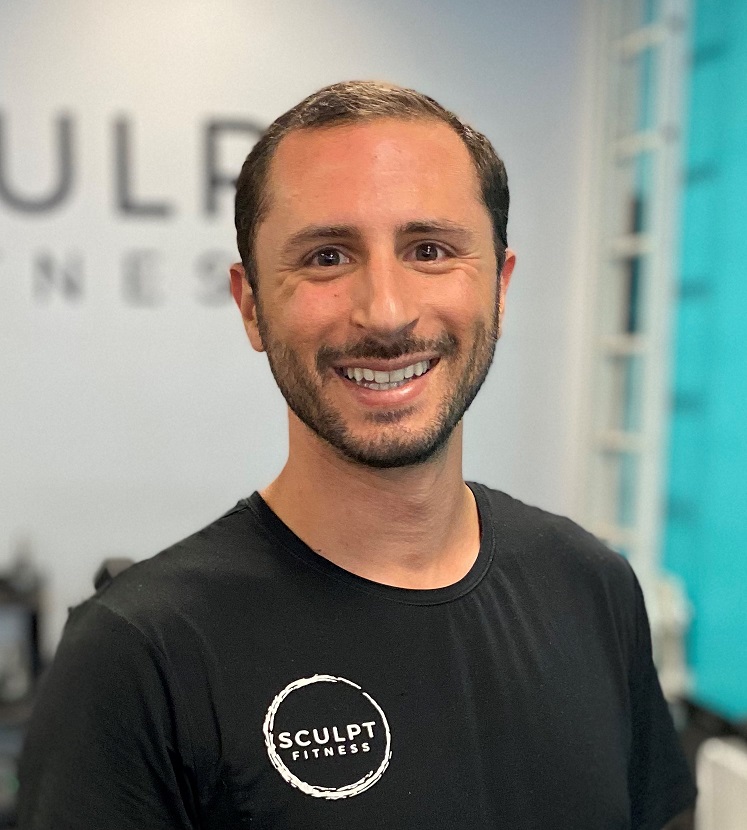Does More Time in the Gym Mean Better Results? Busting the Workout Duration Myth
Is spending more time in the gym the key to better fitness results? Not necessarily. This common gym myth can lead to burnout and wasted effort if not approached correctly. Inspired by the YouTube video “Does More Time in the Gym Mean Better Results?,” this guide explores why longer workouts don’t always equal better progress and how to optimize your gym time for maximum gains. Let’s break down the truth about workout duration and what really drives results.
Table of Contents
The Myth: More Time Equals More Progress
It’s easy to think that spending hours in the gym will speed up your fitness progress, but that’s not the case. More time doesn’t automatically translate to better results. In fact, excessively long workouts can lead to:
- Junk Volume: Extra sets and reps that don’t contribute to muscle growth or strength.
- Burnout: Mental and physical exhaustion that derails consistency.
- Fatigue: Overtraining that hinders recovery and performance.
The reality? It’s not about how long you train—it’s about how effectively you train. Understanding this can save you time and help you achieve your goals faster.
Focus on Intensity, Not Duration
The key to better results lies in workout intensity, not the clock. Intensity refers to how hard you’re working during each exercise—think heavier weights, better form, and focused effort. Here’s why intensity matters more than time:
- Efficient Muscle Growth: Higher intensity stimulates muscle fibers more effectively, leading to faster strength gains.
- Better Time Management: Shorter, intense workouts (45-60 minutes) can deliver the same or better results than 2-hour sessions.
- Improved Recovery: Less time in the gym means more time for your body to recover, reducing the risk of overtraining.
For example, exercises like the Straight Arm Pulldown Guide: Build Stronger Lats with Perfect Form can be done with high intensity in a short time, targeting your lats effectively without dragging out your session.
How to Optimize Your Gym Time
To get the most out of your workouts without spending hours in the gym, focus on quality over quantity:
- Prioritize Compound Movements: Moves like squats or deadlifts work multiple muscle groups at once, maximizing efficiency. Check out Sumo Squat Guide: Sculpt Your Glutes and Inner Thigh for a great example.
- Increase Intensity: Lift heavier weights, reduce rest between sets, or focus on perfect form to make each rep count.
- Time Your Workouts: Aim for 45-60 minutes of focused training to avoid fatigue and junk volume.
The Risks of Overtraining
Spending too much time in the gym can do more harm than good. Overtraining leads to:
- Plateaus: Your body can’t recover fast enough to progress.
- Injury Risk: Fatigue increases the chance of poor form and injury.
- Mental Burnout: Long sessions can make training feel like a chore, reducing motivation.
For more on training safely, explore Will No Pain, No Gain Lead to Better Results? Busting a Fitness Myth.
Why Shorter, Smarter Workouts Work
Efficient workouts save time while delivering results. A 45-minute session with high intensity can be more effective than a 2-hour slog. The key is to train hard, not long. This approach also fits better into busy schedules, making consistency easier. Want to set realistic goals for your fitness journey? See Realistic Weight Loss Results: A Practical Guide to Setting Achievable Goals for tips on sustainable progress.
Train Smarter, Not Longer
The takeaway? More time in the gym doesn’t guarantee better results. Focus on intensity, train efficiently, and give your body the rest it needs to grow stronger. Watch the video above for more insights from Coach Angel, and if you’re in Long Beach, CA, Sculpt Fitness can help you optimize your workouts with personalized training. How do you keep your gym sessions efficient? Share your tips in the comments!
